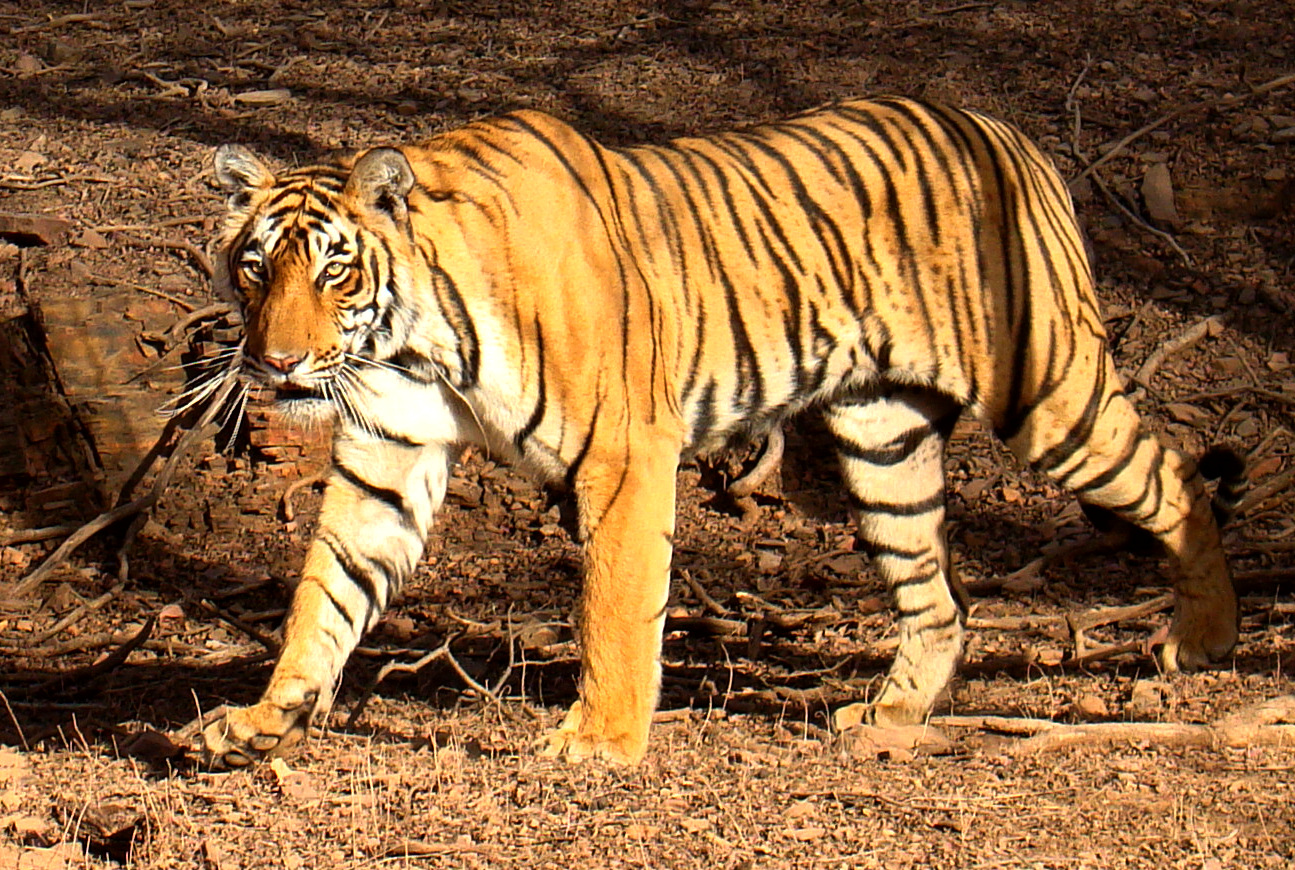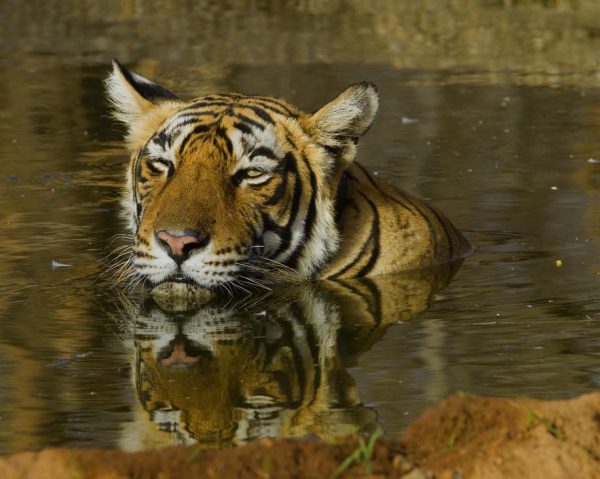The Royal Bengal Tiger Is Declared Safe In India

On July 29, 2019, International Tiger Day, the 2018 tiger census of India was released with good news. The Washington Post reports that since the beginning of the tiger census in 2006, the tiger population has doubled in size.
Prime Minister Narendra Modi has declared India as one of the biggest and safest habitats of the Royal Bengal Tiger.
The numbers were taken from a survey of almost two hundred and forty thousand square miles of forest in five different landscapes: the Shivalik Gangetic Plains, the Western Ghats, the North Eastern Hills and Brahmaputra Flood Plains, the Sunderbans and Central India, and the Eastern Ghats according to Big Cats India.

26,838 camera traps were placed in 141 locations which captured over thirty million images showing that the new population is at 2967 which is a 313% increase since 2006.
The study captured 76,651 images of tigers and 51,767 images of leopards according to Down To Earth. Politically charged areas dangerous to work in were estimated from modeling and the survey’s error range was about 12%.
There were four states in India with more than three hundred tigers, eight states with more than one hundred and fifty tigers, and five hundred twenty-six was the maximum population in a state, Madhya Pradesh.
Big Cats India notes that The states of Mizoram, Jharkhand, and northern West Bengal currently have no tigers. Unexpected sightings occurred in Odisha, Hemagiri forest, Sundargarh, and Muniguda.
The methods used for this survey include double sampling which includes sending forest rangers to collect raw data based on pugmarks, scat, and remains of prey.
The camera traps employ a new Android app to help distinguish markings on each cat photographed and, along with machine learning experts to help with species identification and spatial analysis professionals to estimate the populations of tigers and their prey, gave the most accurate census to date.
The initial numbers are promising but don’t mean that conservationists can stop worrying about the tiger population. According to The Conversation, Yadvendradev Jhala and Qamar Qureshi, the managers of the survey, say that, while established tiger populations have increased, there has been a marked decrease in small, isolated populations.
There are fifty tiger reserves in India governed by Project Tiger which is administered by the National Tiger Conservation Authority. Walk Through India lists the best spots to observe tigers: Corbett Tiger Reserve in Uttarakhand, the oldest national park in India.

Bandipur Tiger Reserve in Karnataka, the first wildlife reserve in India to adopt Project Tiger in 1974; Nagarahole Tiger Reserve, part of the Nilgiri Biosphere Reserve also in Karnataka; and Kanha Tiger Reserve, one of the most popular tiger reserves of India in Madhya Pradesh.
While the census counted no cats in one of the older reserves, Palamau Tiger Reserve in Jharkhand, just a few days after the numbers were released, three tigers, two males and one female were observed, according to India Today.
Live Mint quotes Anup Kumar Naik, chief of National Tiger Conservation Authority saying, “We have fifty tiger reserves. Not all are doing well. We admit that poaching is a concern. There is a lack of protection and management measures in some areas.

Tigers thrive in areas where the prey density, habitat conditions are good; if that does not happen, the numbers will not improve. Even for the tiger reserves which are doing well, there will come a time when they reach their carrying capacity and tigers will move. Our goal is to ensure connectivity to deficient areas so they become viable for tigers to occupy.
But for that, the man-animal conflict will have to be tackled.” The 24% mortality rate among tigers is due to poaching and mounting conflict with humans.
The Indian government is making great strides in order to ensure protection for wildlife. They are reforesting previously used corridors in order to help merge population areas by offering new prey sources and protection from humans.
Another Article From Us: Two New Species of Electric Eels With 860v Charge
The governments of Nepal and Bangladesh are getting ready to employ the same project to count tigers in their regions, and hopefully, India and other countries will adopt a method to count cheetahs, leopards, and other animals that can be individually identified.
